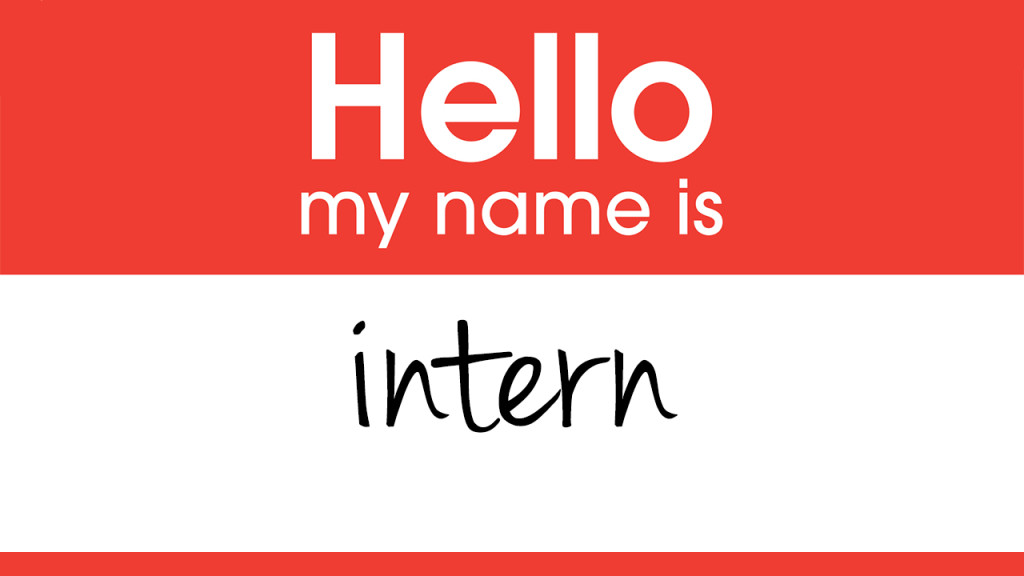How to Put Together a Competitive Benefits Package
- Posted by Jordan Posell
- February 15, 2018

It’s a dilemma that plagues many entrepreneurs: Should you offer employees a benefits package? And, if so, what should you offer that will meet the needs of your workers without incurring undue financial liability on the business?
While some bootstrapped startups have opted to either slash or cut benefits entirely, giving employees the responsibility of finding insurance courtesy of the Affordable Care Act, this could be a strategic blunder.
Need further convincing? About 60 percent of those polled said that benefits and perks are major factors in considering whether to accept a job offer, with 80 percent saying they would choose additional benefits over a pay raise, according to a recent survey conducted by Glassdoor, a website where employees and former workers at companies post anonymous reviews.
The bottom line of these findings: Putting together a competitive benefits package is not just good for employee morale but can help recruit and retain top employees.
Below are some tips to help build an employee benefits package that’s the right fit for your startup.
Work with a benefits broker
If you don’t have someone on staff providing
HR services for your startup
A benefits broker can be a godsend. Just as the title indicates, a benefits broker can help you design an employee benefits package that will not only be fair to your finances but to your employees’ needs as well. He or she can help you understand how much of an insurance premium you can afford to get the coverage you feel is right for your employees, and ensuring compliance. They can also help you explain to your workers the value of the benefits you’re offering.
But there is a disclaimer here: Benefits do not come cheap. If you do decide to be generous with your benefits, it will hurt morale if, at some point, you have to take them away because the economy is on the fritz or the business is struggling. Make sure you do your financial due diligence before you decide to commit.
Identify all the components in the package
Few would argue that health insurance is the most critical element of an employee benefits package. It provides a safety net that protects an individual or family from the high costs of healthcare, especially in the case of those with terminal conditions and serious illnesses.
The most popular forms of health care are as follows:
-
Health Maintenance Organizations, or HMOs:
The most common option, this plan allows workers to choose their own primary care physician who can offer referrals to other doctors who are part of the HMO network. In this instance, the workers pay a copayment for each medical visit with the insurance company paying the remaining sum. -
Preferred Provider Organizations
or PPOs:
These are usually the most expensive options. PPOs offer employees more leeway when choosing doctors and hospitals as well as seeing a specialist outside the network; however, a patient will be expected to pay additional out-of-pocket fees. -
Point-of-Service Plans:
With this option, workers choose a primary care physician who makes referrals either within or out-of-network. -
High-Deductible Health Plans:
This option has become increasingly popular at startups where younger workers, who are less likely to need health care on a regular basis, predominate in the work ranks. Many businesses do offer a high-deductible plan along with a health savings account that can help workers pay for their basic medical needs. -
Self-Insurance:
To set up coverage, this option allows companies to cover their own costs and work with a self-insuring company, which is not technically an insurance company. In this instance, there usually fewer fees to pay, and no premium for risk. Most businesses that opt to self-insure will buy stop-loss insurance to limit exposure (both for individual workers and for your workforce as a whole) in the event of a serious illness or tragedy.
If you’re considering including dental care, check out these three most popular options:
-
Fully-Funded Employer Plans:
Here a business covers 100 percent of its employees' costs. -
Partially-Funded Employer Plans:
<p">A company pays a share of its employees' costs while employees cover the remainder. -
Fully-Funded Employee Plans:
Employees pay the entire cost of their dental benefits, while the company absorbs only the costs of administrative costs and payroll deductions.
Other key components to include in your benefits package are short-term and long-term disability coverage. These are critically important options as they protect workers from lost income should they become disabled or incapacitated due to an illness or injury.
If you’re still fretting about the costs, think of it this way: The higher premiums you might have to pay may be worth it if you want to attract top talent. The more you can ease the worries of employees over their healthcare, the more time and energy they can invest into your business.
Other elements of a competitive benefits package:
-
Flexible spending accounts (or FSAs):
This helps employees set aside money on a pre-tax basis to cover basic medical expenses. -
A 401(k) retirement savings account:
This is a voluntary retirement savings plan into which employees can contribute a portion of their pre-tax earnings; in some instances, companies match a worker’s 401(k) contributions on a tax-deductible basis. -
Paid Time Off (PTO):
This is common among most businesses in the U.S., whether small, medium or large. Your company will have to set a policy on how much paid time off is available to workers in a given year. -
Parental leave:
Many companies are now offering new parents up to 12 weeks of paid parental leave. - Flextime:This can include telecommuting, working a four-day week or job-sharing. New parents, those who have a long commute, or those caring for elderly or ailing relatives might find this an attractive option.
Solicit employee feedback
When building an employee benefits package, ask your employees what they would like included. This information can be gleaned in a variety of ways: town hall meetings, employee surveys or idea boxes where workers can submit their benefit-related requests.
Some workers might view perks like wellness programs as critical to their needs. Listen to your employees. Happy employees translate to enjoyable company cultures and increased productivity.
Decide whether you need to offer benefits
If you operate a business that relies on seasonal, part-time or even contractor help, you might not need to offer benefits. Be realistic with what you can—or cannot—afford. Hiring a consultant who specializes in
HR services for startups
can help you to determine what is feasible for your business.
For uninsured workers, the Affordable Care Act's Health Insurance Marketplace provides options. However, startups might be subject to penalties if they opt out of offering full-time employees health insurance. (At this time, the employer mandate is still on the books; however, the individual mandate, which requires that every U.S. citizen have health insurance or risk an IRS penalty, was recently overturned in the tax reform bill passed by Congress the end of last year).
Think long and hard about the repercussions of not offering employee benefits. If you don't offer a health plan, you might have a very difficult time recruiting employees for the long haul, and employee turnover can be very costly.
Lastly, know what your competition is offering to prospective hires. Remember, it’s a candidate-driven market and the startup that offers the best and most attractive compensation and benefit packages will likely be the one that nabs the most talented candidates.

